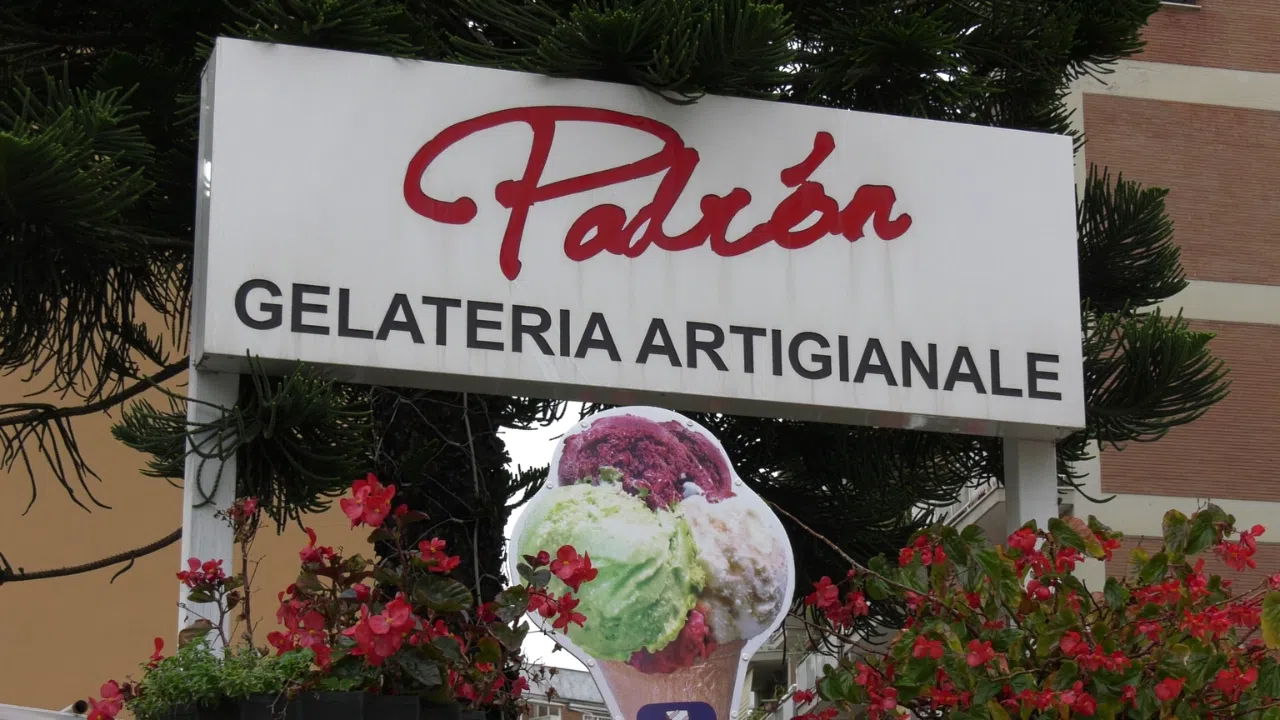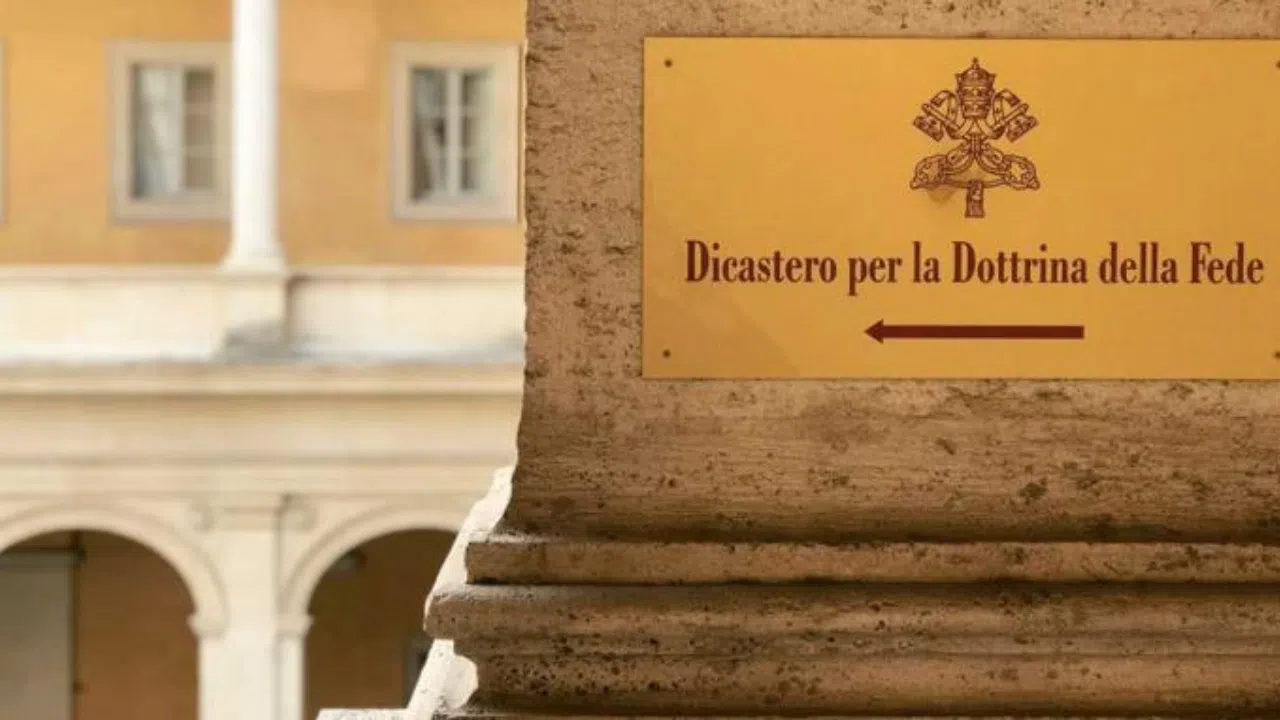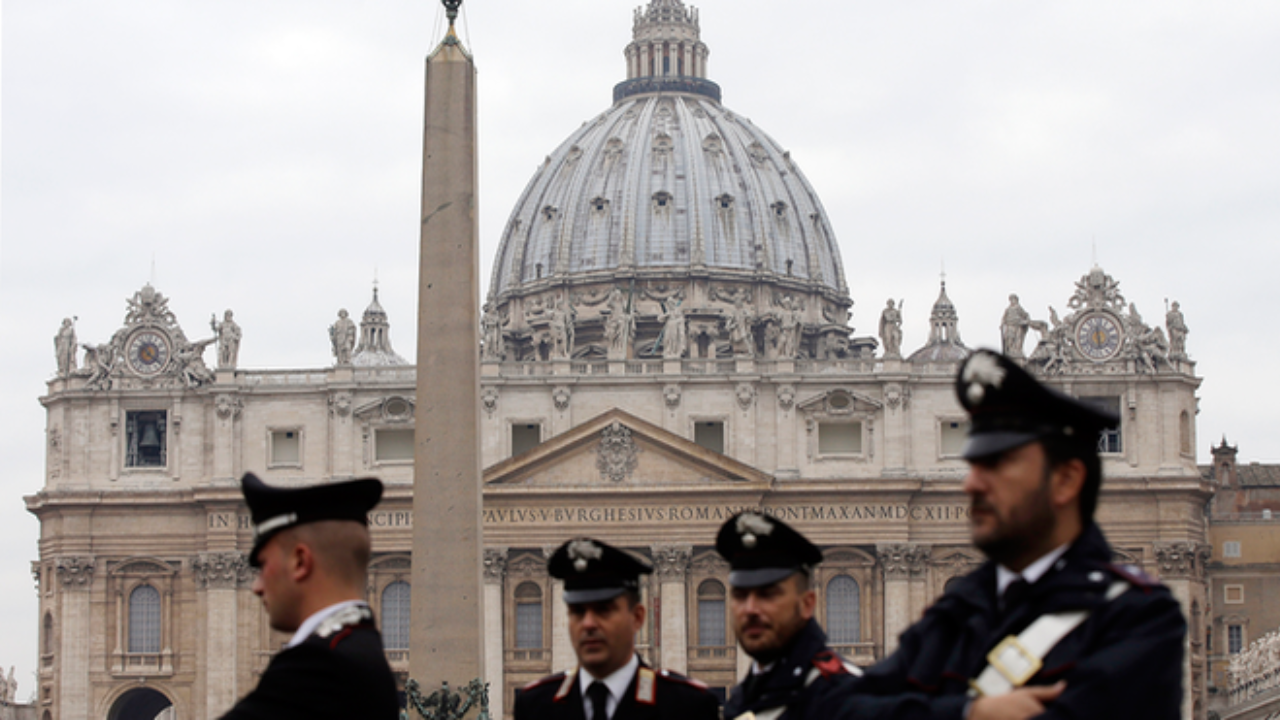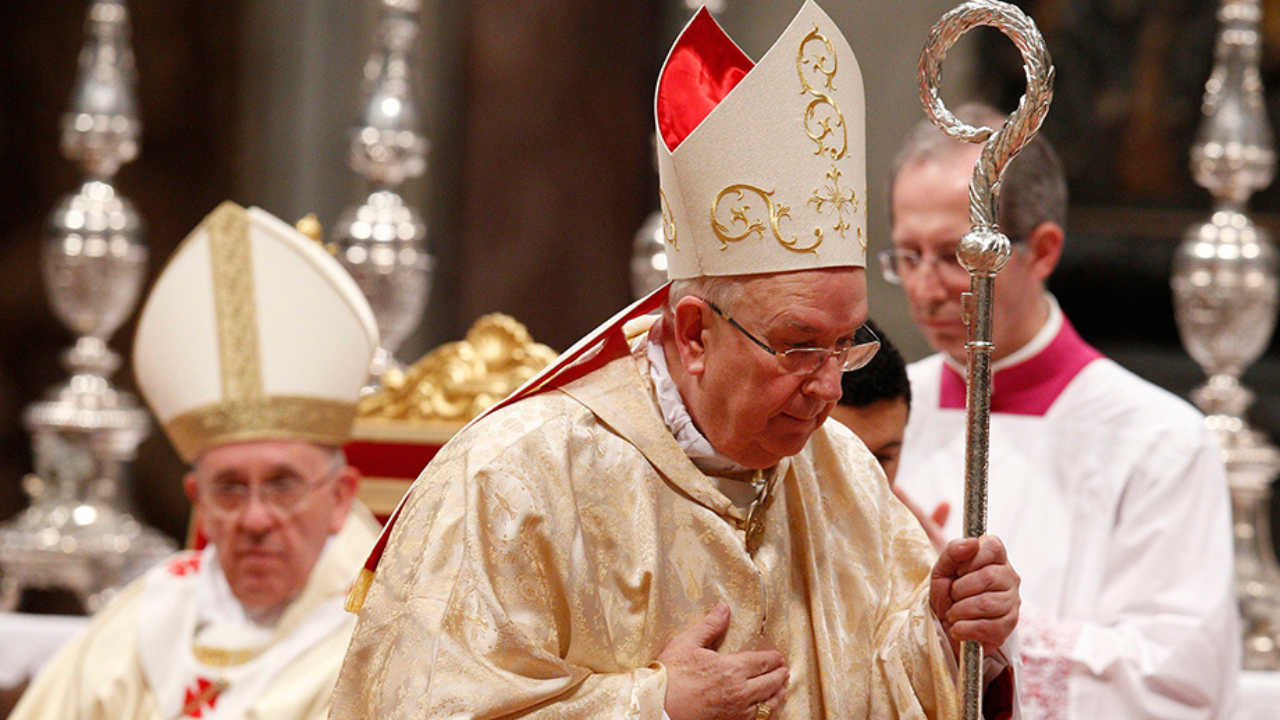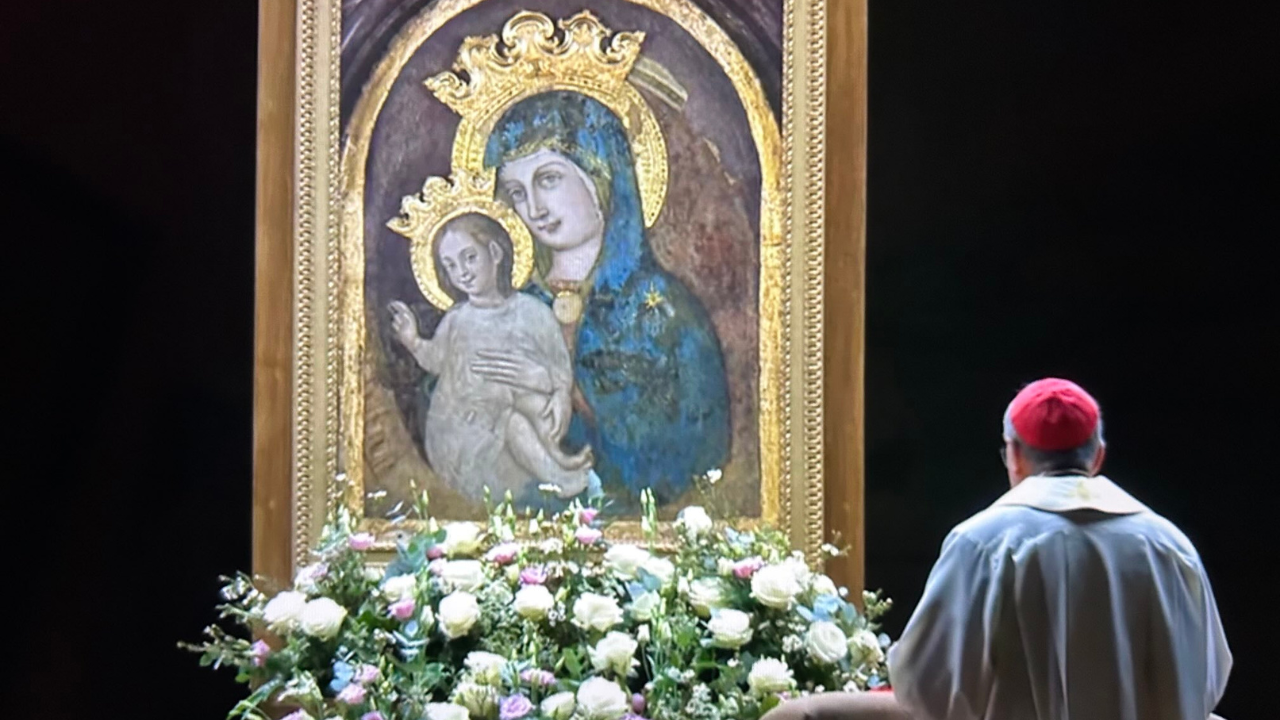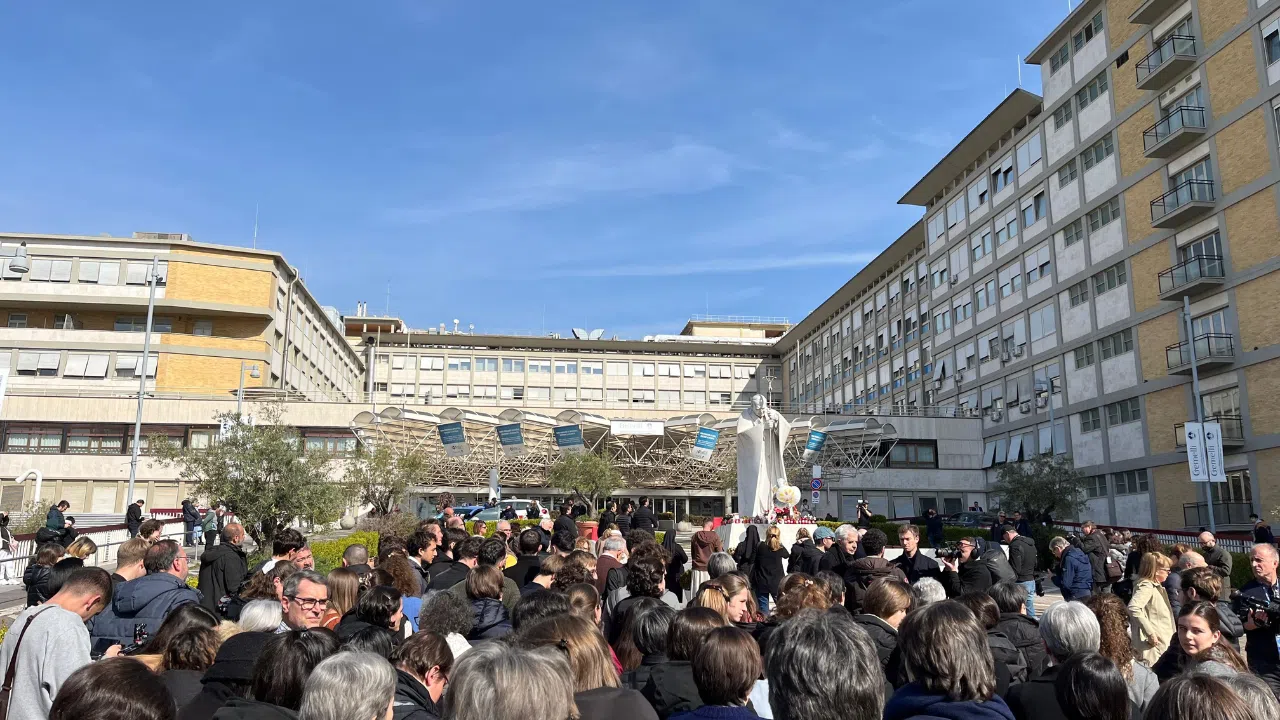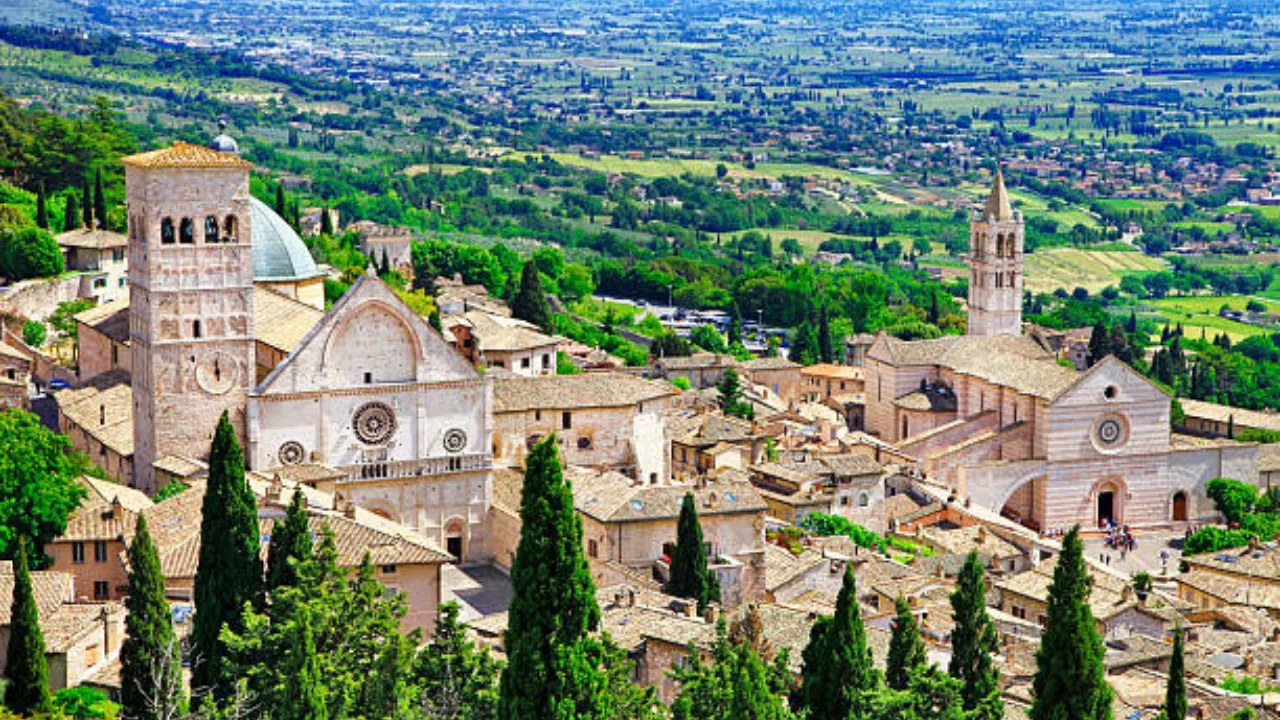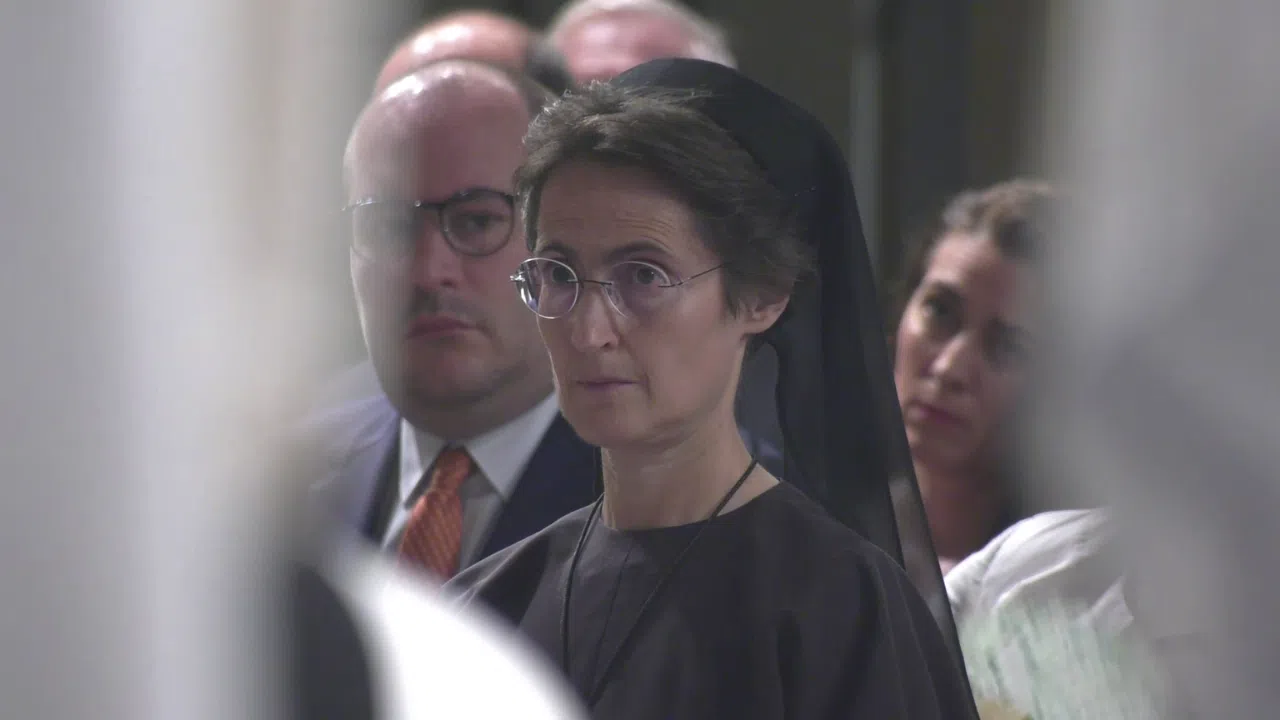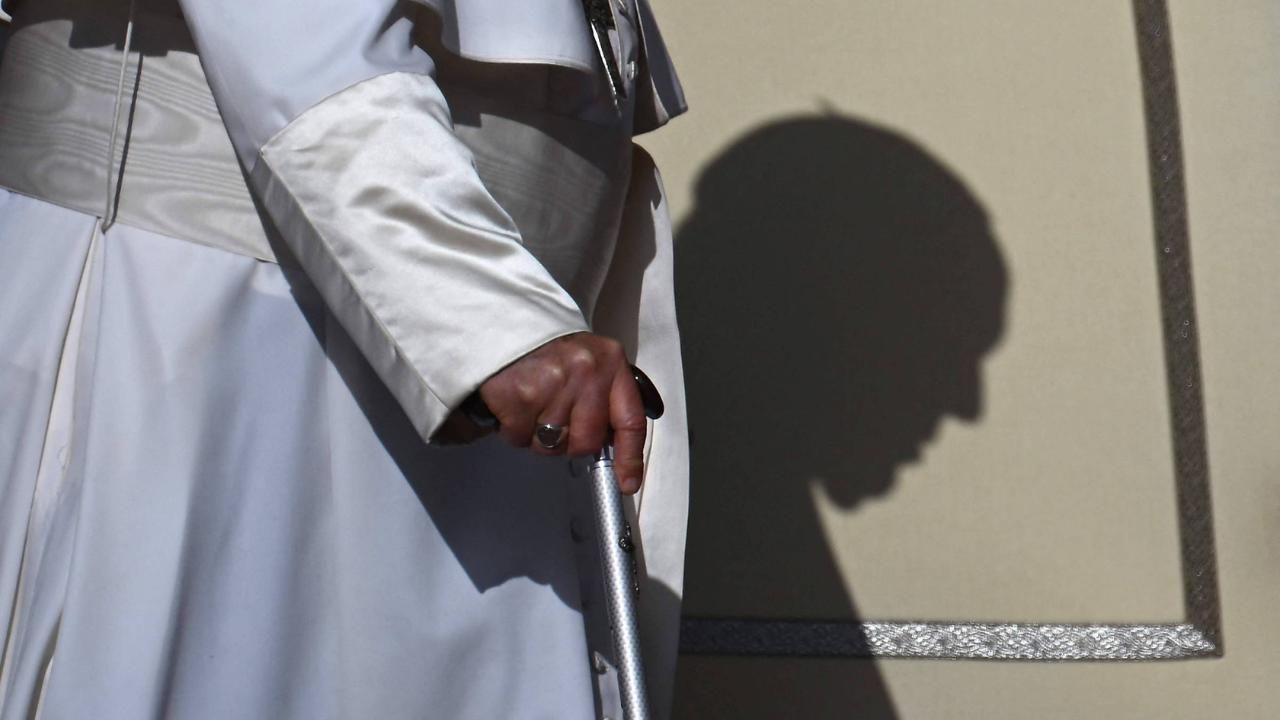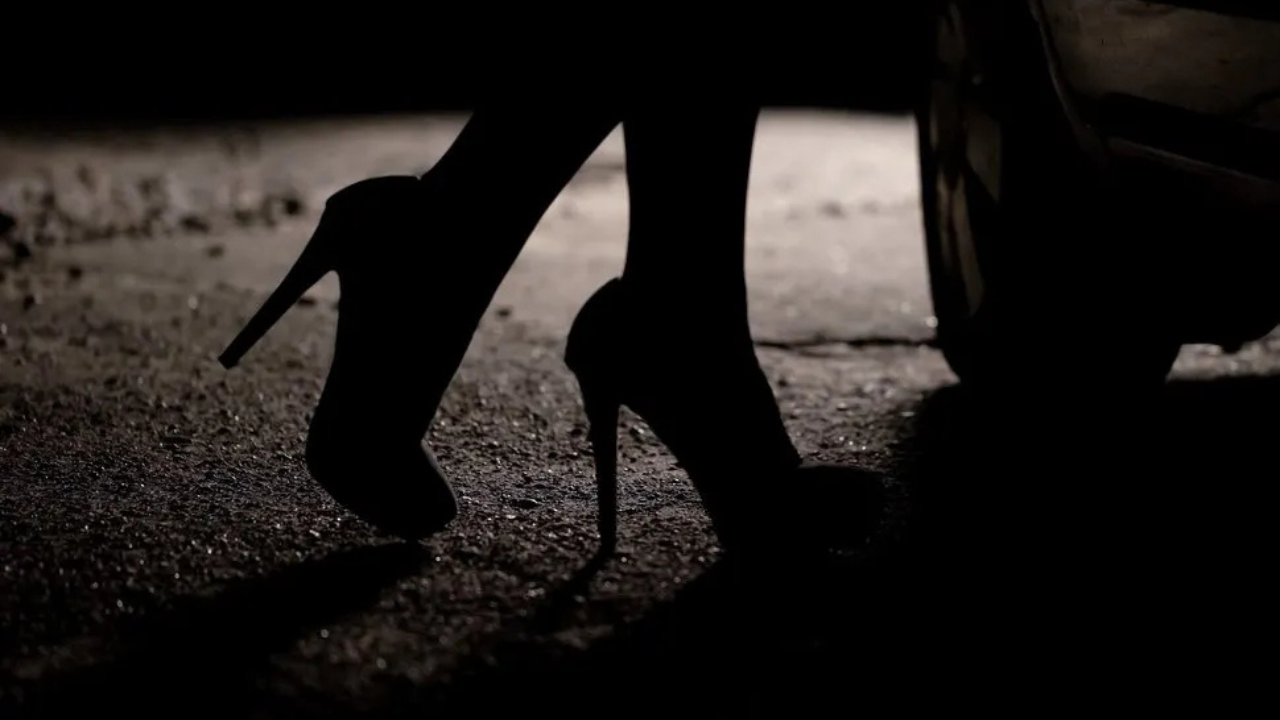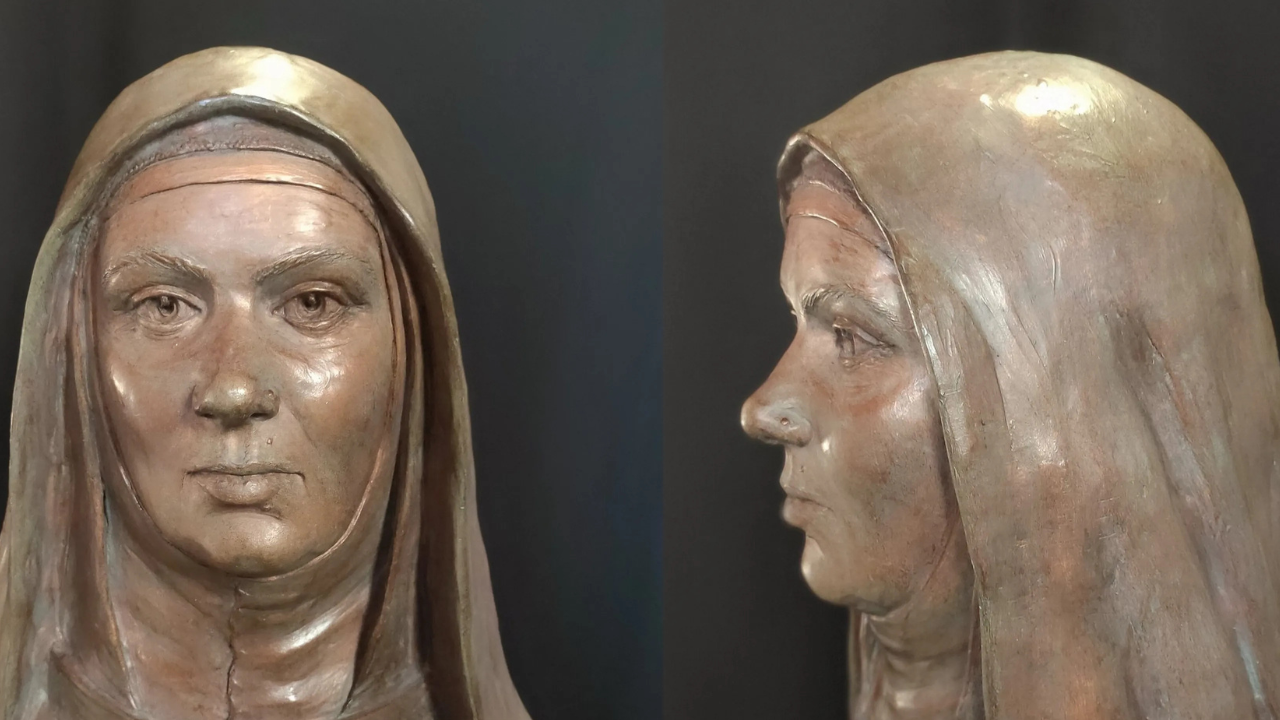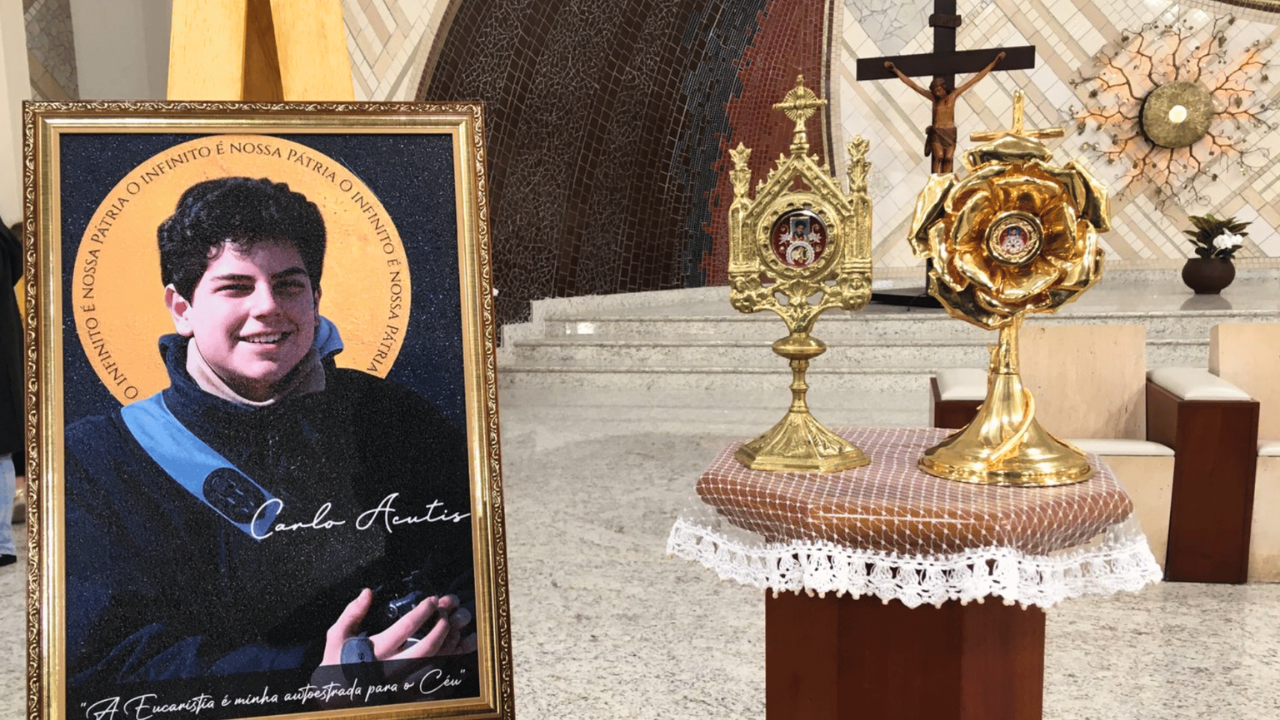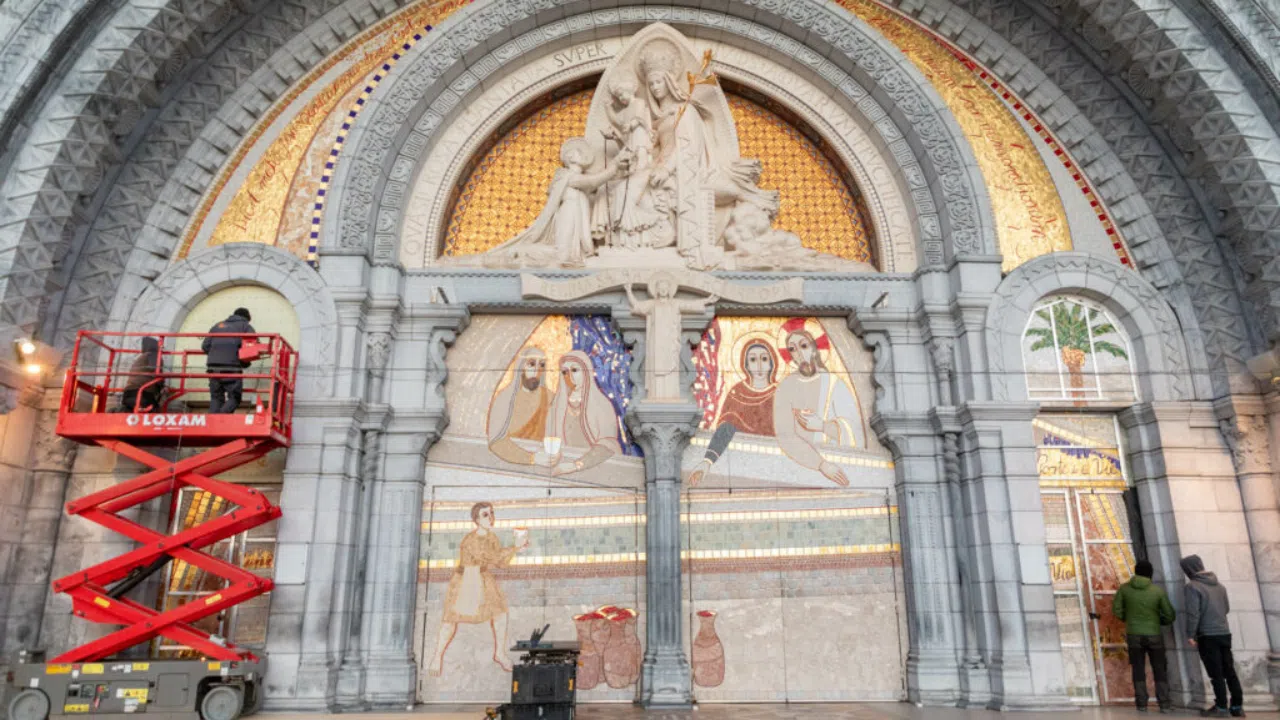After being closed for years, this site has recently been reopened in Rome. While it may not seem important, Largo Argentina, as it is called, is the place where the assassination of Julius Caesar occurred in 44 B.C.
DARIUS ARYA
Archeologist
You have a series of Republican temples from the 3rd to the 1st centuries B.C. And behind Temple B, the round temple, you have a wall and it is the only portion of the Curia where Julius Caesar was assassinated. It's still visible. So you're getting that connection to that pivotal moment in history, the Ides of March.
In the 1920s, under Mussolini, construction began in the area and led to the discovery of Largo Argentina. It uncovered four ancient temples and opened a window into the history of Rome prior to its first emperor in 27 B.C.
DARIUS ARYA
Archeologist
Largo Argentina is a very important site because it gives you a window into Republican Rome. So you have all this incredible of Rome, all this layers of history, but if you wanna get an insight into Rome before the emperors, you go to Largo Argentina.
FLASH
Going into Largo Argentina kind of encapsulates that specific moment before the emperors. And there's just a handful of places that are like that.
While this site is famous for the assassination of Julius Caesar, it has become known for the cat sanctuary it houses, something that has become customary in Italy.
DARIUS ARYA
Archeologist
It's been a long time, a long tradition that people have been taking care of these cats on the platform on Temple D and that remains. Those are volunteers; there's a long tradition and they're still there. Which means on the site, the cats are still there. And that's something that there's just a long tradition throughout Italy of seeing cats in archeological parks.
Darius argues that Largo Argentina is an important stop for tourists to visit because it uncovers a part of Rome's history that is often hidden in the shadows of the Colosseum and the Roman Forum.
KG
